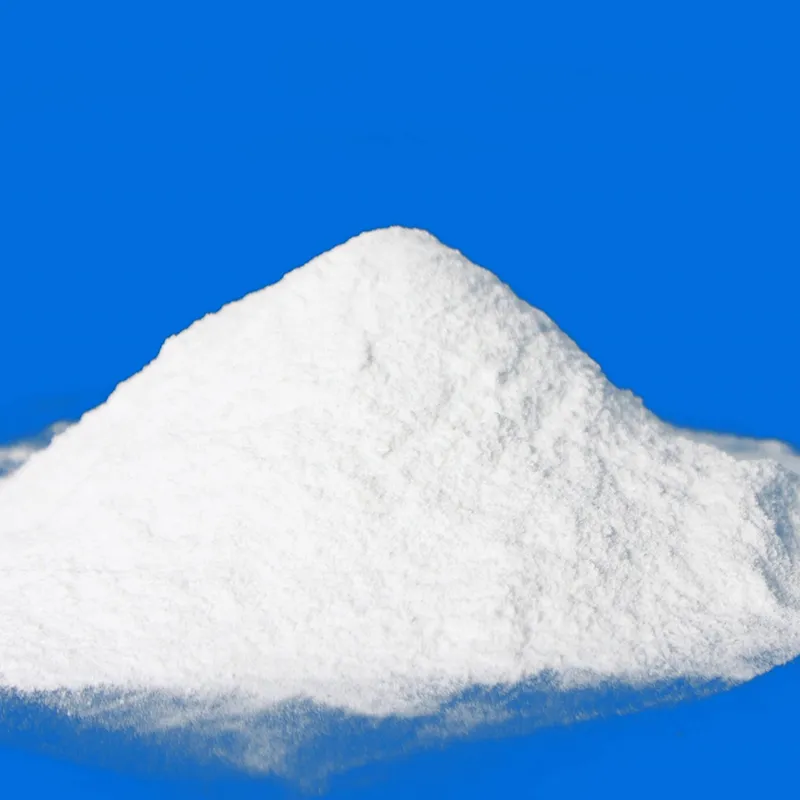TEL: 0086-311-88862036

Jan . 29, 2025 05:39
Back to list
Ammonium Bicarbonate
Preservatives play a crucial role across various industries, especially in food, cosmetics, and pharmaceuticals, by extending shelf life and maintaining product integrity. The different types of preservatives used in these products each have unique properties and applications. This article will delve into the various types of preservatives, examining their applications, efficiency, and debunking common myths with evidence-backed insights.
Sulfites, used in dried fruits and wines, are effective in inhibiting bacteria and maintaining product color and freshness. However, they can cause allergic reactions in a small percentage of the population, primarily asthmatics. Hence, regulatory bodies mandate clear labeling on products containing sulfites to ensure consumer safety. Parabens are a group of synthetic compounds widely used in cosmetics and pharmaceuticals due to their effective broad-spectrum antimicrobial properties. Although there has been public concern regarding parabens disrupting hormone function, extensive research and reviews by scientific panels, including the European Medicines Agency, have consistently found them safe for use in low concentrations in consumer products. The choice of preservative in a product depends on its composition, intended shelf life, storage conditions, and regulatory requirements. Manufacturers balance the need for preservation with consumer demand for clean labels, often blending natural and synthetic preservatives to meet safety, efficacy, and market expectations. Consumers demand greater transparency and safer products, which is why companies are investing in research and development to explore innovative preservation techniques. One growing trend is the use of fermentation, which employs beneficial bacteria to inhibit spoilage and extend shelf life naturally. The research and consumer education efforts continue to provide data-driven evidence on the safety and effectiveness of various preservatives. In conclusion, understanding and choosing the right type of preservative is an intricate process. It involves scientific evaluation, regulatory compliance, and market trends to ensure products are safe and appealing to consumers. As scientific advancements continue to unfold, they further our understanding, dispel myths, and optimize the balance between product safety and consumer preferences.


Sulfites, used in dried fruits and wines, are effective in inhibiting bacteria and maintaining product color and freshness. However, they can cause allergic reactions in a small percentage of the population, primarily asthmatics. Hence, regulatory bodies mandate clear labeling on products containing sulfites to ensure consumer safety. Parabens are a group of synthetic compounds widely used in cosmetics and pharmaceuticals due to their effective broad-spectrum antimicrobial properties. Although there has been public concern regarding parabens disrupting hormone function, extensive research and reviews by scientific panels, including the European Medicines Agency, have consistently found them safe for use in low concentrations in consumer products. The choice of preservative in a product depends on its composition, intended shelf life, storage conditions, and regulatory requirements. Manufacturers balance the need for preservation with consumer demand for clean labels, often blending natural and synthetic preservatives to meet safety, efficacy, and market expectations. Consumers demand greater transparency and safer products, which is why companies are investing in research and development to explore innovative preservation techniques. One growing trend is the use of fermentation, which employs beneficial bacteria to inhibit spoilage and extend shelf life naturally. The research and consumer education efforts continue to provide data-driven evidence on the safety and effectiveness of various preservatives. In conclusion, understanding and choosing the right type of preservative is an intricate process. It involves scientific evaluation, regulatory compliance, and market trends to ensure products are safe and appealing to consumers. As scientific advancements continue to unfold, they further our understanding, dispel myths, and optimize the balance between product safety and consumer preferences.
Next:
Latest news
-
Aluminum Hydroxide: Quality Gels & Dried Gel AntacidNewsAug.31,2025
-
Buy High-Quality Trichloroisocyanuric Acid for Sale | TCCA 90% SupplierNewsAug.30,2025
-
Pure Sodium Dichloroisocyanurate Dihydrate | Powerful DisinfectantNewsAug.29,2025
-
Industrial Chemicals: Quality & Purity for Every IndustryNewsAug.28,2025
-
Nitrile Rubber Honoring Strict Production StandardsNewsAug.22,2025
-
Aspartame Ingredients Honoring Food Safety ValuesNewsAug.22,2025
-
Fertilizer for Balanced Plant NutritionNewsAug.22,2025
HOT PRODUCTS
Hebei Tenger Chemical Technology Co., Ltd. focuses on the chemical industry and is committed to the export service of chemical raw materials.
-

view more DiethanolisopropanolamineIn the ever-growing field of chemical solutions, diethanolisopropanolamine (DEIPA) stands out as a versatile and important compound. Due to its unique chemical structure and properties, DEIPA is of interest to various industries including construction, personal care, and agriculture. -

view more TriisopropanolamineTriisopropanolamine (TIPA) alkanol amine substance, is a kind of alcohol amine compound with amino and alcohol hydroxyl, and because of its molecules contains both amino and hydroxyl. -

view more Tetramethyl Thiuram DisulfideTetramethyl thiuram disulfide, also known as TMTD, is a white to light-yellow powder with a distinct sulfur-like odor. It is soluble in organic solvents such as benzene, acetone, and ethyl acetate, making it highly versatile for use in different formulations. TMTD is known for its excellent vulcanization acceleration properties, which makes it a key ingredient in the production of rubber products. Additionally, it acts as an effective fungicide and bactericide, making it valuable in agricultural applications. Its high purity and stability ensure consistent performance, making it a preferred choice for manufacturers across various industries.





